Lesotho is also known as “the kingdom of the sky”. Do you know why?
Lesotho is a paradise. It is a mountainous country that is located more than 1,000 meters high. In fact, it is the country that has the lowest level at the highest altitude in the world. Its location among the rugged mountains of the Drakensberg, in the interior of South Africa, makes it an ideal destination for those who love nature and hiking.
The country is divided into two parts: the Highlands (if you want to read our route through this area, you can click here) and the Lowlands. In Lesotho, you can find one of the seven official ski resorts that exist in Africa. In Lesotho you can also enjoy a beer in the highest pub on the African continent, located at the Sani Pass (if you want to see our experience crossing this mountain pass, you can click here). In Lesotho, you’ll also enjoy two national parks where their highest points are over 3,000 meters above sea level (if you want to know more about Ts’helanyane NP, click here). And finally, Lesotho is also one of the coldest countries you can find on the African continent, with an average annual temperature of between 7 and 10 ºC.
For this reason, Lesotho is also nicknamed the “kingdom of the sky” due to its altitude and its location above 1,000 meters high, one of the countries closest to the sky in existence.

Lesotho, a country surrounded by South Africa, where its currency has the same value as the South African rand
Lesotho is one of the few countries in the world that are surrounded by another country. This country is surrounded by South Africa, one of the largest countries on the continent. Its resistance in the mountains and its history have resulted in it not being annexed to South African institutions and, to this day, maintaining its independence.
If you want to enter or leave Lesotho by land, your next destination is sure to be South Africa. In fact, in South Africa, we also find another country that is surrounded by its territory. This is the case of Eswatini (if you want to discover this small country, click here). In the world, we find very few countries with these characteristics. Some of these would be the Vatican or San Marino, for example.
The fact that Lesotho is surrounded by the South African country has had its effects on commercial and economic aspects. One of them is the currency. The Loti is the official currency of Lesotho, and it has the same value as the South African rand. For this reason, when you travel in Lesotho you can easily pay in rands and surely the change will be returned to you in lotis, a new currency to keep in your collection.
Water, diamonds and wool, three of Lesotho’s most important resources
Lesotho is a country with many resources that unfortunately go out of the country and do not have a return expected by the local population. One of them is diamonds. In the Highlands area (if you want to read our route, click here); we find the mine with the highest percentage of the largest diamonds in the world. This is called Letseng, and produces diamonds that are reputed to sell for the highest price per carat of any mine in the world. This mine is managed by a South African company and only 30% of the profits go directly to the Lesotho government.
One of the other most important resources in this mountainous country is water. Lesotho is a country where we find a lot of water and which has an agreement with South Africa to provide it with a portion. This project (called the Lesotho Highlands Water Project) envisages the management and creation of five large dams in remote rural areas of the country, as a means of completing the water supply of Lesotho and neighboring South Africa. One of them is the Katse dam (if you want to read our experience, click here). The main objective of this treaty is to collect water from the country’s main rivers and create lakes to store it; to then be transferred through tunnels from the north, to the South African rivers that reach the dam of the Vaal river. There, large towns like Johannesburg or Pretoria, densely populated, would benefit. The dam currently supplies about 30 cubic meters per second of water to South Africa. That country pays Lesotho 35$ million a year, plus a variable amount based on the calculated benefits of its country’s continued water use.
And, finally, the wool that is obtained from the large amount of sheep that we find in the country. Lesotho’s wool is one of the country’s most important resources. It is very cold there, and you will see that the local people often wear a blanket over them made of wool from their country. Today, this wool is exported to South Africa and also to China. Wool from Lesotho is considered a very good quality wool, and it is very likely that on our fleeces, if you put the Made in China label, the wool comes from this small African country. We were lucky enough to see the process of shearing sheep to obtain the wool which is carried out between the months of April and May, just before the start of winter (if you want to know more about this process, click here).

The blanket and the mokorotle, typical clothing of Lesotho
As we mentioned before, in Lesotho you will find many local people walking around with their blanket, known as a Kobo blanket. The Kobo blanket is the most common traditional clothing in the country, not only because it shelters people from the cold weather, but also as an identity symbol with its shapes and designs. Their designs refer to kings of the past, and there are blankets that are only worn on special occasions, such as wedding days or holidays. Everyone in Lesotho has a Kobo blanket, a piece of clothing deeply rooted in the country.
The other typical clothing of Lesotho is represented next to one of the most important mountains in the country, Thaba Bosiu also known as night mountain (if you want to read our experience there, you can click here). The silhouette of Mount Qiloane inspired the shape of the country’s typical hat: the mokorotle. It is a cone braided with straw or a type of local grass and topped at the tip with an intricate design.
The mokorotle has become quite a national symbol. It is depicted on the flag of Lesotho and is also part of the decoration of many homes, to indicate that customs and traditions are respected. In addition, it serves as an instrument of protection against malignant influences. This, along with the Kobo blanket, will be some of the clothing you will see during your trip to Lesotho.
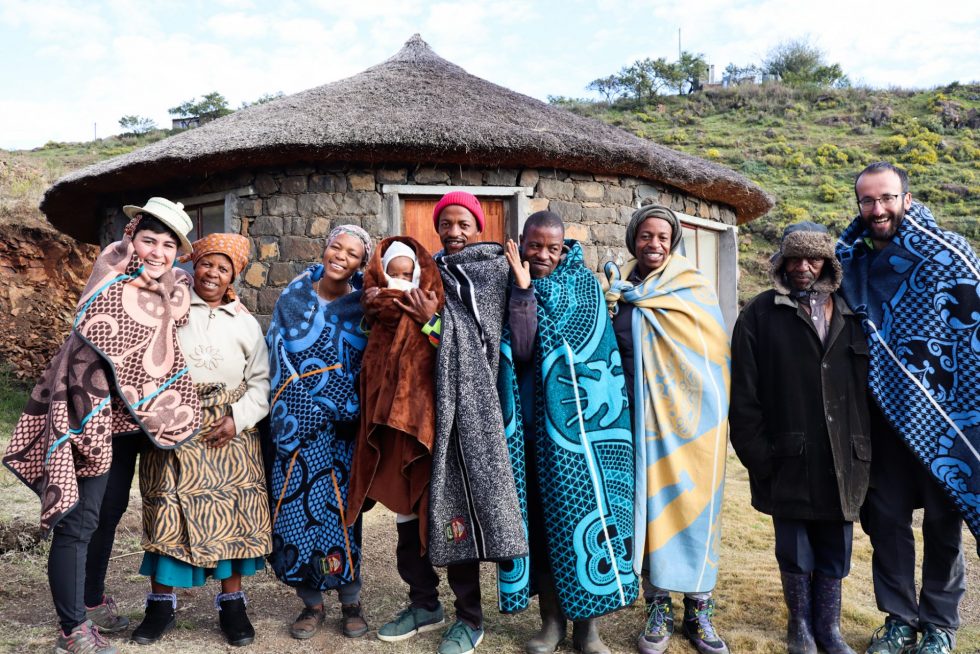
The pony is the usual means of transport for the inhabitants of Lesotho
One of the most striking facts when you arrive in Lesotho via the Sani Pass is to see ponies and horses on the road as a means of transport. Some shepherds use them to transport their flock, others as a means of transport and others to move from one village to another. In Lesotho, the pony and the horse are one of the most common means of transport for the local population, and this transports you back hundreds of years, like those Western movies and how it should have been in our house a few centuries earlier .
For this reason, one of the activities we most recommend doing in Lesotho is taking a pony and horse tour through the country’s rural areas. In this way, you will see how they travel and you will pass through environments of spectacular beauty. On a tourist level, there are two destinations that are very popular for these excursions, such as Malealea (you can read our experience here) and Semonkong (you can see what we did in this article). But we had this experience of riding a horse in another, more rural area: in Malumong. There, with the Ntlhoki family, we had one of the best experiences of the trip: a two-day horseback ride through the country’s highlands. If you want to read how we experienced it, you can click here.

Lesotho, one of the few African countries where one ethnic group predominates: the Basotho
Lesotho means, etymologically, “the country of those who speak Sesotho”. And, Sesotho is the language spoken by the Basotho population. This country is one of the few African countries where a majority ethnic group predominates: the Basotho. This is at least a curious fact in a continent where the borders were drawn artificially and where we find different tribal groups living together in the same country.
Basotho culture would not be explained without the figure of King Moeshoeshoe I. This king, who lived during the 19th century, managed to unite the small clans that lived in the mountains. He married 140 women from different clans in order to be part of each of them and form a single people. Thaba Bosiu was one of the refuges where most of the population gathered and is considered the place where the kingdom of Lesotho was founded, which was previously known as Basutolandia (the land of the Basotho). If you want to know more about the history of this country, click here. During your trip to Lesotho, in addition, you will find different caves such as the Ha Kome (if you want to read our experience, click here) where the king also took refuge with other clans that have lived in Lesotho and that currently we know as basotho people.
The fact that there is only one predominant ethnic group in a country means that the differences between the populations of different areas of the country are minimal. Therefore, it is a good opportunity to speak Sesotho and thus communicate with the Basotho people, who are characterized by being very simple and hospitable, of this country.

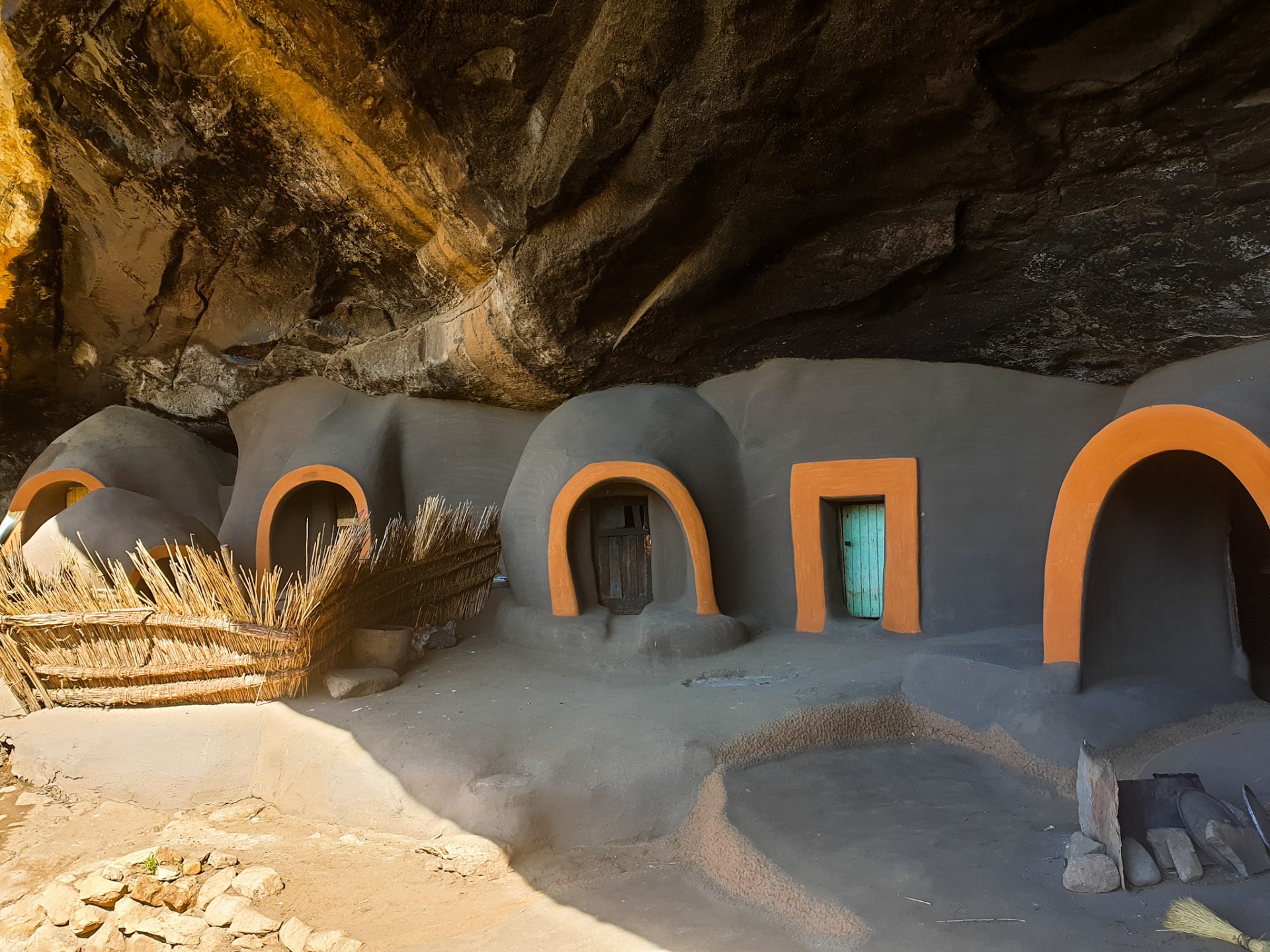
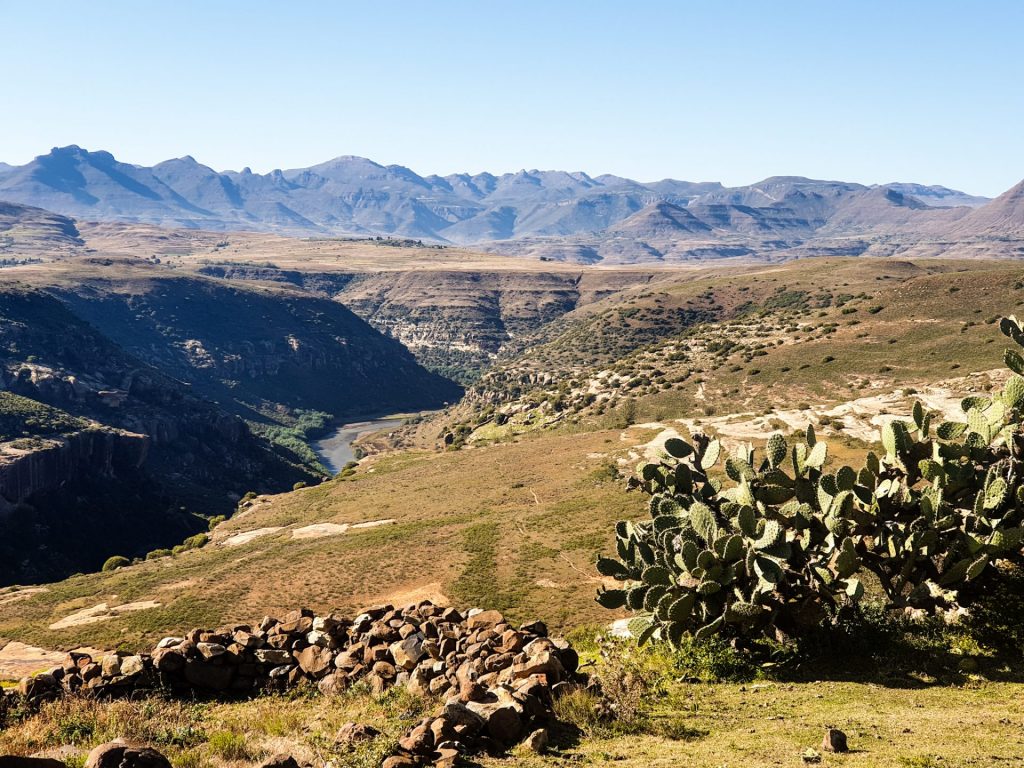
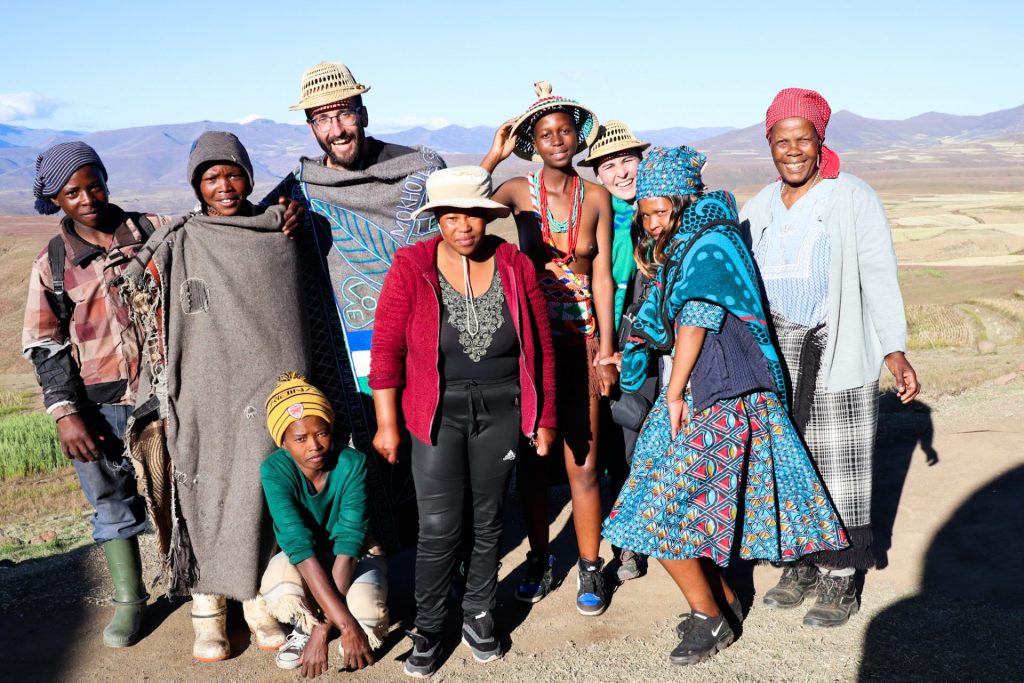



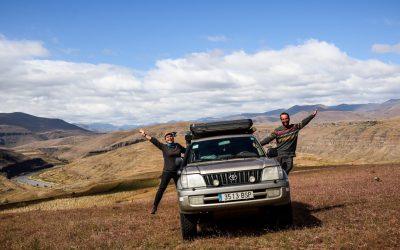
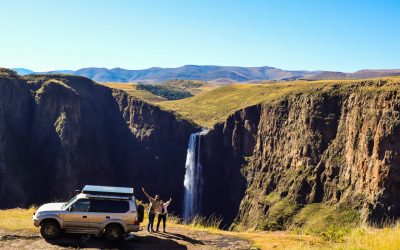
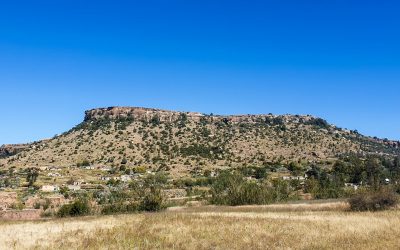


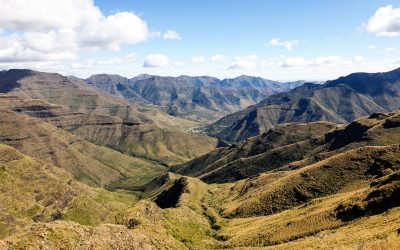

0 Comments